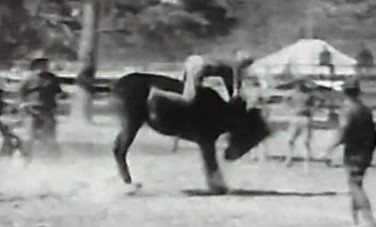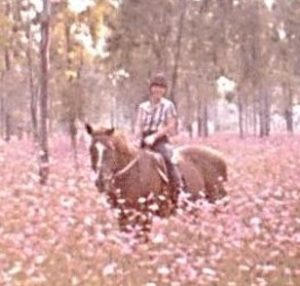Equi-note 8 If the Matching Principle is ignored problems easily arise

Source: nkc
Equi-note 8
If the Matching Principle is ignored, problems easily arise
This is because a mismatch of horse and rider inputs can quickly result in a range of problems.
It is of vital importance that prospective horse owners, riders and trainers properly evaluate the Inputs and Outputs. This is because a horse and rider mismatch can be very risky. Many issues may arise which are totally unnecessary. A rider cannot be successful if their mental, emotional and physical attributes are not compatible with the horse’s.
So, it is a good idea to look at this subject more closely. A previous post identifed a series of considerations which need to be included in the list of Inputs and Outputs.
This was detailed in: Equi-note #7 Success with horses needs realistic inputs and outputs
Inputs and Outputs need to be analyzed in greater detail
It is essential to ensure that the Matching Principle is not ignored. Is this process complicated? In some ways it is, but in others it isn’t. Many of the aspects happen quite naturally and instinctively. But it is a key process. And it must be done both seriously and thoughtfully.
Obviously there is the age factor, since many youngsters begin with a pony which they quickly outgrow. And then need something bigger or more advanced. Nevertheless, in general, its importance can benefit from the human analogy. As we know, even with the best of intentions of all interested parties, there are a large number of human divorces and extensive family squabbles. And this occurs even with extensive match-making of different varieties from friends and family.
Let’s look at some of the horsey examples:
- Inputs include mental, emotional and physical condition, matching horse and rider, etc.
- Outputs include harmony and confidence.
With respect to Inputs and Outputs, an amusing place to start is with an image that we can all relate to.
Look at the image shown above.
But don’t laugh!
This is a good example of a horse and rider mismatch
And one that is seen very frequently. This is proof that if the matching principle is ignored problems easily arise.
Laughing is easy at someone else. But it is a different matter if it is you or I that are the unfortunates in the saddle of an unwilling horse. Or even worse, on a horse without a saddle, just bareback.
It takes only a few seconds to discover that we have been put on a horse that objects to us being on its back and a only a few more seconds to be unceremoniously removed. The author knows of numerous cases where this situation was made worse by the owner. Deliberately. Ostensibly this was done for fun or for revenge or some other personal matter.
On other occasions it happened as a by-product of a horse being sold. The owner blamed the bad behaviour as being unique. And the owner stating that the horse had never been known before to act in such a way (obviously).
Whatever the cause. this behaviour is a very quick sign that disharmony exists. It shows that there is a problematical mismatch between the Inputs and Outputs of both horse and rider. Which causes a big communication problem.
It is likely that everybody who has sat on a horse has either come close to or actually experienced this situation. Or something very similar.
You may well have ended up on the ground. You may have landed in mud, water or manure. Or something else either uncomfortable or unpleasant.
Horses can react this way not only from being young and untrained, but also from a range of other causes.
Many possible sparks can create a horse emergency
These can range from a bee sting, a saddle that pinches, a too tight girth, a sore back, a shadow, a lurking monster and more.
So let’s look at some key features which play a big role in influencing the horse-human relationship. These are what we have called Inputs and Outputs.
This subject needs to be explained in more detail. Why? Because it is so fundamental. It sets the stage for everything else.
It also gives you an idea of which things you can change and those which you can’t. They apply to both the horse and rider.
Sometimes, it may be that you were very lucky. That you started by seeing a pony in a field and it was love at first sight. And everything blossomed from there. On instinct, you were able to work out the Inputs and Outputs on your own. And in the end you were able to achieve perfect blissful harmony.
Such as the look of bliss in the next photo.
For many others, this is where the real effort of developing a fruitful, productive relationship only just begins.
